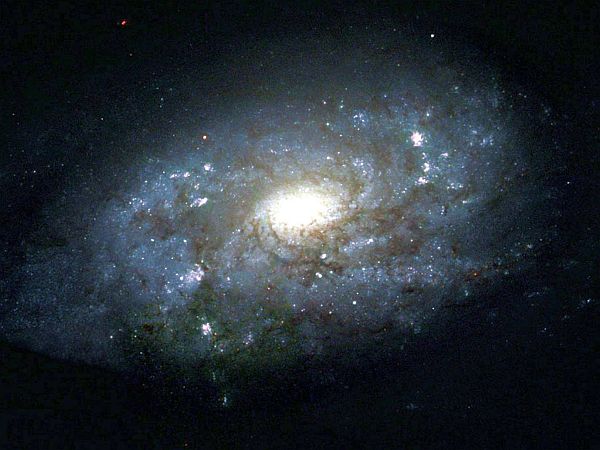The scientists from the University of Nova Gorica will be participating at this project, the cost of which is estimated to 350 million euros. This is a great acknowledgement for the university, and a confirmation of their work, proving that they can be successful on a global scale.
The members of the Laboratory for Astroparticle Physics at the University of Nova Gorica have been collaborating at the constructing of the new observatory together with 2,200 researchers from 31 countries. The new observatory will make possible research of the origin of gamma and cosmic rays. They will try to find our why black holes in the middle of galaxy devour mass, and to unveil the secrets of dark matter in space. The astronomic observatory will give to the scientists the insight into the edge of space, which has been impossible until now. People have always observed the sky, at first with their eyes only, and then with telescopes, says physicist and the Chancellor of the University of Nova Gorica Danilo Zavrtanik. The modern astronomy is moving away from the visible light to greater hights. By seeing further, you can see things which came into existence soon after the Big Bang.
The members of the Institute for Experimental Physics at the Jožef Stefan Institute from Slovenia will also participate at this project. During the planning phase they are active in testing new photon detectors, which will be built into the large telescopes. The second substantial contribution will be from the field of atmospheric studies; the scientists from Nova Gorica have a lot of experience thanks to the Otlica observatory. They are also building a computer network connected throughout the entire world, and which will allow to scientist to analyse data.



































































